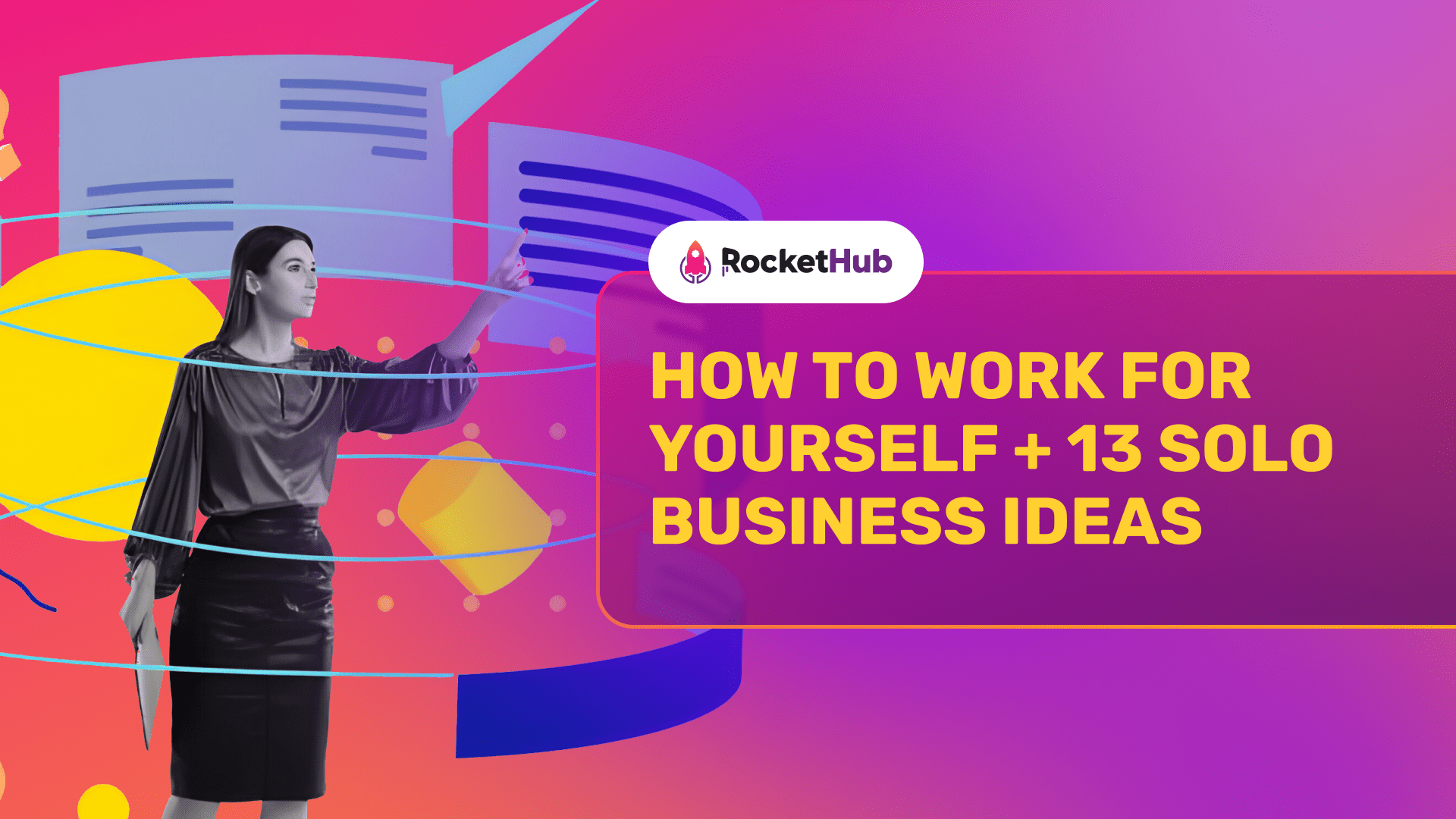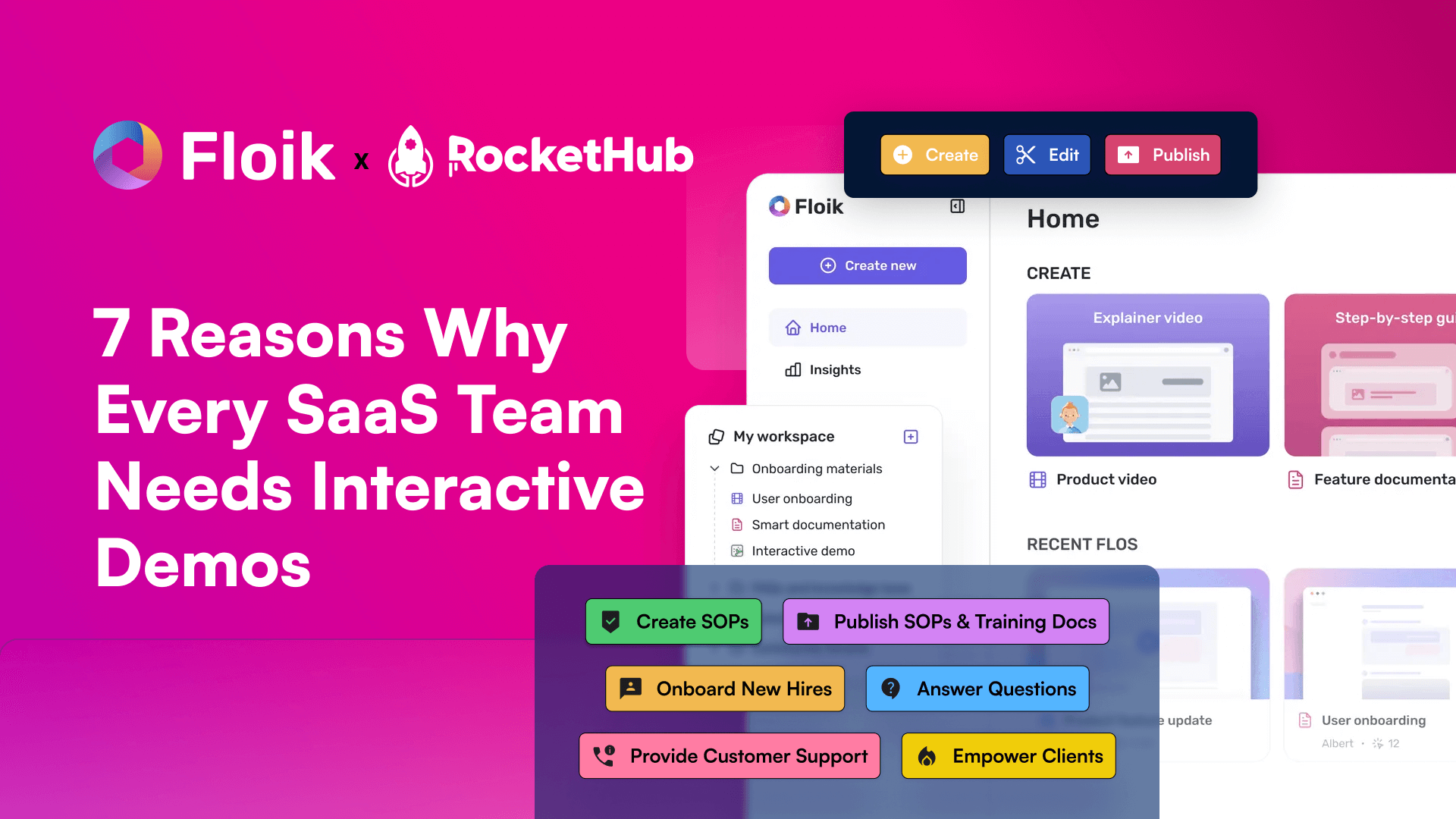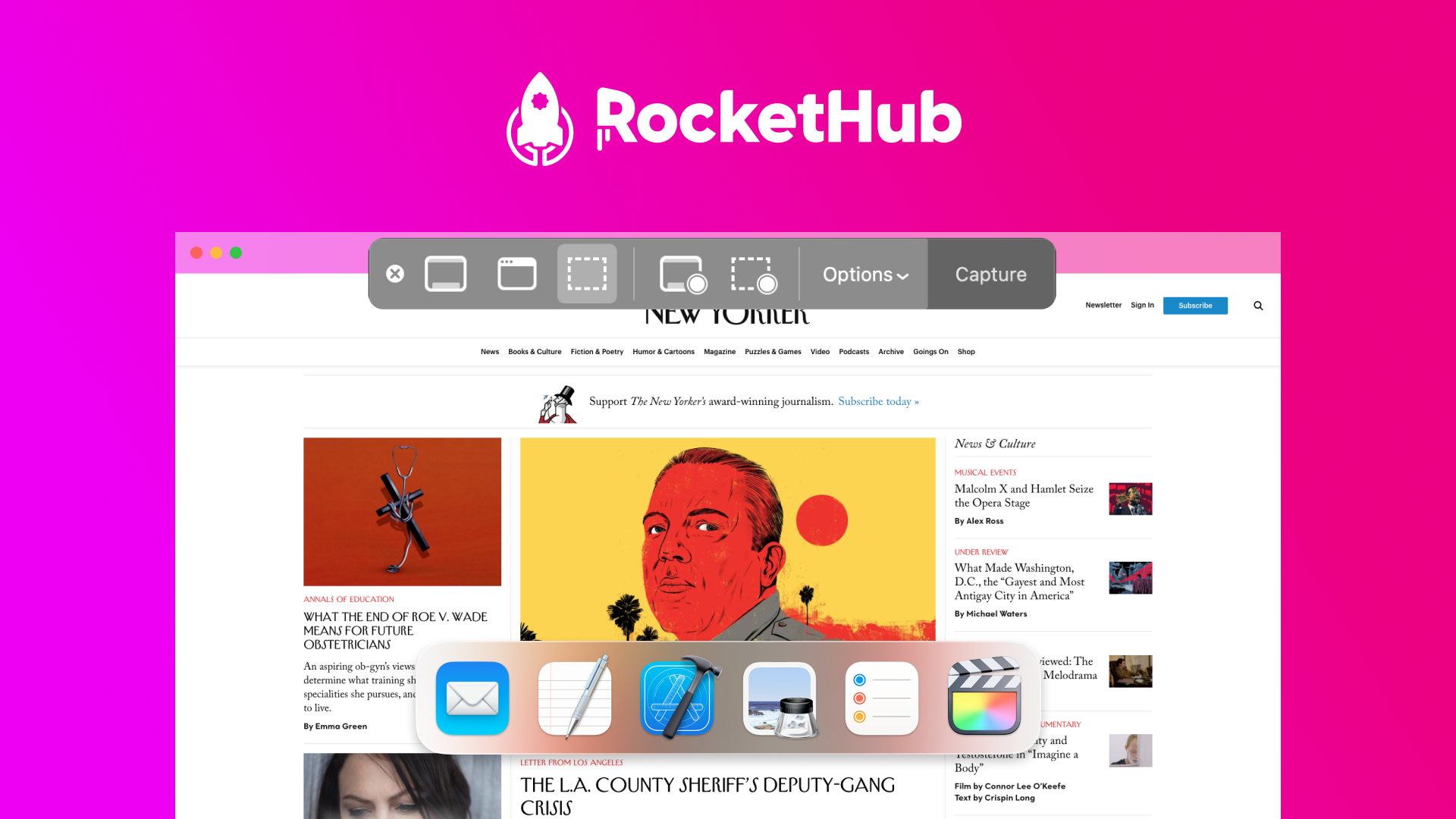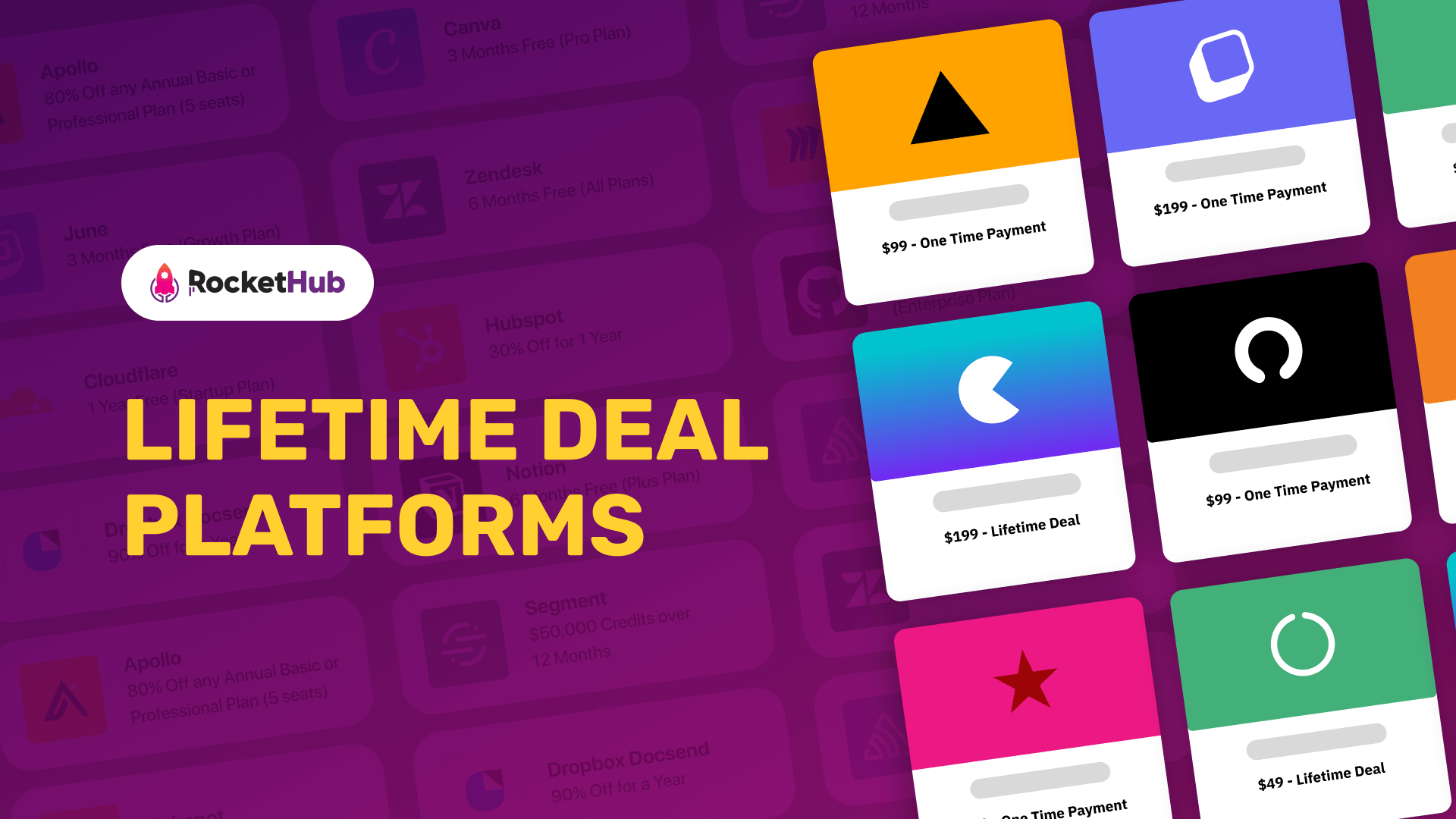
SaaS Marketing Playbook: Ultimate Guide for SaaS Business Growth
- RocketHub Team
- November 10, 2021
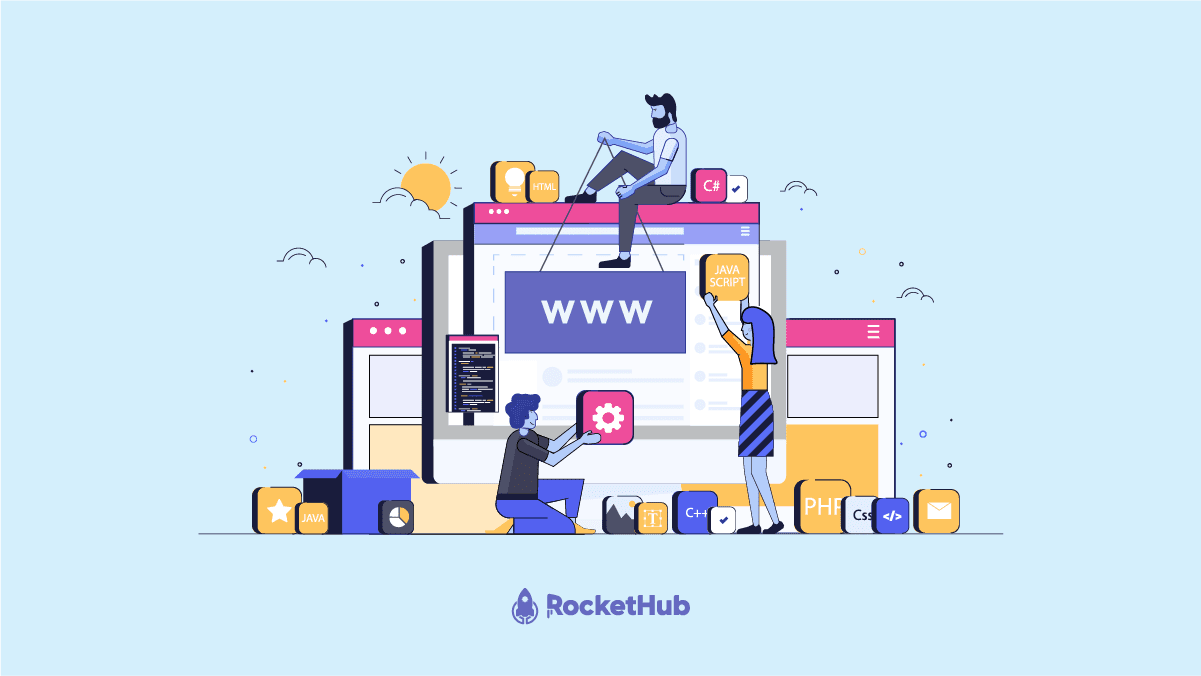
If you’re in the SaaS industry you need to be investing time and money into marketing is non-negotiable. Why? Because if you want to grow and sell your product or service you need to focus on marketing. What kind of marketing, well that is the reason why you’re reading this SaaS marketing playbook. We’ve gathered all the information and tips one can think of, to help you grow and scale your business.
What is SaaS Marketing
Before we get on with us we thought that it would be nice to start with the definition of SaaS Marketing. Why? There are two reasons:
- Because some people might stumble upon this article and not know what it means
- It helps us ease into the subject so much better than if we would just have started with technical advice and tips.
If you’re already a marketing specialist, reading a few definitions can help you refresh some terms and notions.
A short and easy-to-understand definition of SaaS marketing is the process of promoting and selling SaaS companies and their services. Why is this different than any other type of marketing? Because SaaS marketing is usually focused on B2B and less on B2C. Therefore you’ll need a different set of skills and strategies to grow and succeed. These skills can be copywriting, content marketing, email marketing, lead generation, or performance marketing.
Not everyone has the skills or knowledge to understand all of these marketing strategies, so we’re going to explain each one of them in this ultimate SaaS marketing playbook.
SaaS Marketing Strategy
Like anything in life and the SaaS industry, a great marketing strategy is the bread and butter of growth. Any business and marketing department focuses on crafting a great strategy first. This step is crucial for any SaaS business no matter if it’s just starting our or is an established one.
Starting with a strong well thought out strategy and specific goals will set a clear path everyone can follow and analyze. A good strategy can help you identify key components that might be missing such as company goals, marketing messaging, tone of voice, buyer persona, and established processes that will help you reach your goals.
It’s important to know that the marketing strategy is not the marketing plan nor your content strategy plan. They can be synonyms but you can look at them more like partners in crime. Especially in the online world, having a clear marketing strategy is extremely important due to the plethora of social channels and opportunities companies have.
Strategy is crucial because it can highlight where you have to channel your attention based on the information you already have about your customers. Let’s see what are the main SaaS growth marketing strategies.
Strategy #1: Content Marketing
Content Marketing is key when we’re talking about marketing strategy. Creating content whether it’s articles, social media, videos, or emails. If you have the right strategy and the insights from your audience, the content you’re creating will be devoured. Even B2B consumers love to consume valuable content in the form of infographics, articles, case studies, or videos. It’s not always about written content. Companies can focus on webinars, tutorials, or even lives.
The main goal of content marketing is driving attention and awareness to your company and services while leading prospects and leads down the marketing funnel. You use content to grab their attention and then guide them through your page to a contact form for examples. Even if that doesn’t happen at first, if the content is good, they will keep coming back for more, or share it with their audiences. Either way, creating and posting valuable content will 100% benefit you long-term.
Of course, you have to invest time in creating that content and maybe even hire some specialists such as SEO experts or Performance experts to help you reach your content marketing goals.
Strategy #2 – Inbound Marketing
Inbound marketing is another great strategy you can use. This area of marketing is focused on creating opportunities for your future leads to be able to find you. This means that by using inbound marketing you’ll attract your ideal customers.
People these days have all the tools they need to research and find a product or service. All you need to do is be present where your audience is and talk to them in such a way that it will inspire them to make a call or buy a product.
There is also outbound marketing, which translates into a more old-school fashion of doing things. It includes radio ads or interviews, billboards, or magazines. We’re not saying these are bad, it’s just that you cannot quantify results in the same way you can with a blog article, a social media post, or PPC. For some companies, outbound marketing can work wonders, for others not so much. Let’s just say that if you have a well-known product or service with international clients, some billboards or radio ads can be a good idea. Most companies that go for outbound marketing are also focusing on inbound marketing.
We also have SEO that can help you get the most out of your blog content. If you have a good team and good strategy you can reach thousands of people with your blog articles only. That is what SEO can do for you, over just a few months.
And if it wasn’t enough on your plate, we also have email marketing. With email, you can turn those cold leads into hot leads. Whether you’re sending email blasts, newsletters, or offers, email is a great way to keep in touch with your audience try to make some money out of it.
SaaS Lead Generation
It’s almost impossible to talk in 2021 about SaaS marketing without briefly mentioning lead generation. It’s that one thing all SaaS companies care about. Lead generation is vital for any company that wants to grow and get the most out of its marketing strategy.
There are 3 types of leads: Information Qualified Leads (IQL), Marketing Qualified Leads (MQL) and Sales Qualified Leads (SQL). The difference between each one is their origin. Each one comes from a different stage of the buyer journey (awareness, consideration, decision). This shows us that not all leads are made equal and that you need to have it all figured out before you jump on to the next phase.
As you can imagine is important to know what type of leads you’re aiming for with your strategy so you can adjust your expectations and results accordingly.
When you’re doing lead generation for a B2B company, especially a SaaS one, you can just treat your customer like you would normally. Why? Because you’re not just selling a one-time item. You want your customer to buy a subscription, upgrade the package or become a permanent buyer.
This means that you won’t email them every day with your latest offer, weekly sales, and other aggressive strategies. Unless something really important is happening, you can’t be in their inbox and feeds every day with sales messages. Your job is to deliver the content in such a matter that when the need comes you’ll be in their minds as the obvious solution.
Lead generation can be done through content marketing, social media, email marketing, or your website. Remember to focus on quality leads not quantity and keep in mind that there are 3 types of leads, cold leads, warm leads, and hot leads. Don’t treat all leads like they’re the same, because you’ll end up with a disastrous result.
SaaS Sales
SaaS sales are not your typical sales. Selling a SaaS product or doughnuts is pretty different no matter how you spin it. Your typical salespeople will mainly be focusing on acquiring new customers or warming up the existing ones into buying more or a more expensive option. In some cases, closing deals take significantly longer and can involve the CEO’s input or a developer’s help.
Keep in mind that the sales department will work closely with the marketing department if you want them to be successful. Their strategies will be based on the buyer persona, therefore some aspects of the SaaS growth strategy will be shared.
Let’s get more specific. What does the sales department do in a SaaS company? To put it shortly, they manage everything related to prospecting, needs assessment, pitching, proposals, closing deals, and following up. For all these, the company will need to have clear processes and guidelines.
SaaS Marketing Agency
Since we mentioned so many things, you might be thinking that you don’t have the resources to handle them and you might never have them, and that’s ok. Many marketing agencies are there to help you, you don’t have to hire 20 people. And because we’re in 2021, know that there are specialized agencies in SaaS products, meaning that they have all the expertise you need to go from zero to 100 in just a few months.
There are marketing agencies, social media agencies, SEO agencies, and everything under the sun. Before you hire one, make sure you’re a good fit, that they have enough experience with previous clients and that they can deliver on your specific needs. Working with a SaaS marketing agency allows you to focus on your business.
SaaS Website Design
For almost any company out there, having a website is crucial, it’s your storefront, the place where people go to find everything about you. Since it’s on the internet, it has to look good, feel good, work properly and gently guide the user towards some specific goals.
It’s not easy to create a good website that attracts people and also converts them. It takes a lot of time and creative energy, but you’re rewarded with customers, so it’s worth it. We’re not going to dig in deep into what a website needs to have, UX/UI, and other technical terms, but you’ll want to keep a few things in mind.
First, make sure the template or the design you’ll be using is relatively simple and elegant. Nobody wants to read 10 pages of text, scroll for eternity and wait 10 minutes for the page to load. Think of Apple, for example, they have an incredible website and great copy too. Don’t forget that your website needs to inform but also sell and if you want a really good and professional website consider hiring an agency that specializes in SaaS marketing.
SaaS Marketing Metrics
Because good marketing is all about making data-driven decisions, it’s time to talk about metrics. It’s impossible to grow if you’re not monitoring key metrics. What metrics? Let’s see which ones are the most important.
Whether you’re looking at weekly or monthly reports, there are a few important metrics any SaaS company needs to keep an eye on.
- CLV – Customer Life Value
- CAC – Customer Acquisition Cost
- CC – Customer Churn
- RC – Revenue Churn
- CES – Customer Engagement Score
- LLS – Leads by Lifecycle Stage
- LCR – Lead to Customer Rate
- CTR – Click-through Rate
If you want to have all your metrics in one report, you’ll want to get a reporting tool like Google Analytics, Kissmetrics, or Hubspot for example. They offer precious insights about your website and campaigns that will help you make data-driven decisions and adjust your strategy.
SaaS Partner Programs
As the world is changing, marketing is changing with it. There is now an easier way to get your products and services across various audiences, and that is affiliate marketing. This means that almost anyone can sell your products or service to other people by having a specific trackable link. It’s mostly used by bloggers and key opinion leaders, but depending on the business model, a lot of people can tap into affiliate marketing. All you have to do is give them a % of the sales they bring you, which is actually fair to both parties.
It sounds easy, but finding the right people to promote your product and associate their image to yous and vice-versa, is the tricky part. You’ll want someone who has your buyer persona as their main audience and maybe an email list.
If affiliate marketing seems like a good idea for your company, you can either implement it on your website or use 3rd party platform to help with it. Affiliate marketing goes hand in hand with influencer marketing, but for more advice on that, you’ll want to talk to a PR agency since it’s not so common for SaaS companies to invest in these types of marketing.
SaaS Pricing
Now it’s time to talk about money. Your SaaS pricing dictates what kind of marketing strategies you’ll pursue. And because things can change when you’re doing business, you might want to consider some pricing models that include gross profit/loss margins and other financial aspects.
Some of the most common pricing models include the freemium model, usage-based model, tiered model, lifetime access model, monthly subscription model, or Ad-free model. In order to find the best model that works for your company, you’ll want to conduct at least one market survey and get as much insight from your buyer persona as possible. There is also the option to test a few models and see which one works best, but that requires a lot of time and it might cost you serious money.
In terms of pricing strategies, we have penetration prices, competitor-based prices, value-based prices, skimming prices, or premium prices. Luckily for you, you don’t have to settle for one strategy for life. These strategies can change as your company evolves and moves from one stage of growth to another.
Conclusion
With all this information, you can confidently start to work on your SaaS business growth playbook. Feel free to refer to this article as often as you need.
Share This Post
RocketHub Team
The launch crew at RocketHub writes about startup and SaaS growth. Be a fellow Rocketeer and show some love by commenting below with your thoughts on our content.
Table of Contents
Get The Latest Updates
Subscribe To Our Weekly Newsletter
Sign up below to be one of the first crew members onboard and get early access to amazing deals.
Recent Posts


Social Media
Categories
Related Posts
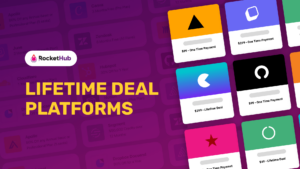
Lifetime Deal Platforms
The best lifetime deal platforms for software. Platforms lik RocketHub scour the web for the highest quality products to bring buyers the best lifetime deals on their platform.
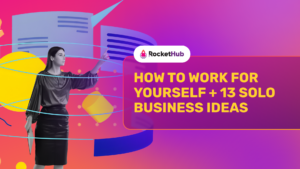
How to Work for Yourself + 13 Solo Business Ideas
Do you ever wonder if being your own boss could truly set you free? In this article, we’ll explore the theory that unleashing entrepreneurial freedom
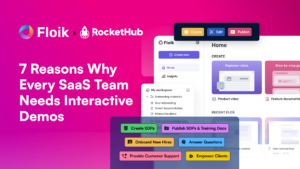
7 Reasons Why Every SaaS Team Needs Interactive Demos
Making a Case for Interactive Demos: 7 Reasons Why Every SaaS Team Needs Them Let me paint a scenario for you. You want to buy
